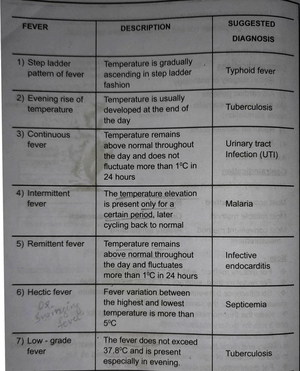- Information
- AI Chat
Was this document helpful?
Biomedical Waste Management
Course: Nursing (01)
804 Documents
Students shared 804 documents in this course
University: Kerala University of Health Sciences
Was this document helpful?

BIOMEDICAL WASTE MANAGEMENT
INTRODUCTION
The waste produced in the course of health care activities carries a higher potential for infection
and injury than any type of waste. Therefore safe and reliable method for its handling is
essential. Inappropriate methods in handling of health care waste may have serious public
health problems and significant impact on health.
KEY FACTS
Of the total amount of waste generated by health-care activities, about 85% is general,
non-hazardous waste.
The remaining 15% is considered hazardous material that may be infectious, toxic or
radioactive.
Every year an estimated 16 billion injections are administered worldwide, but not all of
the needles and syringes are properly disposed of afterwards.
Open burning and incineration of health care wastes can, under some circumstances,
result in the emission of dioxins, furans, and particulate matter.
DEFINITION
According to bio-medical waste (management & handling) rules, 1998 of India, “Biomedical
waste is a waste generated during the diagnosis, treatment or immunization of human beings or
animals or research activities pertaining to or in production or testing of biological” .
Any waste which is generated during the diagnosis , treatment or immunization of
human beings or animals
Or
Research activities
Or
In the production or testing of biological
Or
In health camps










